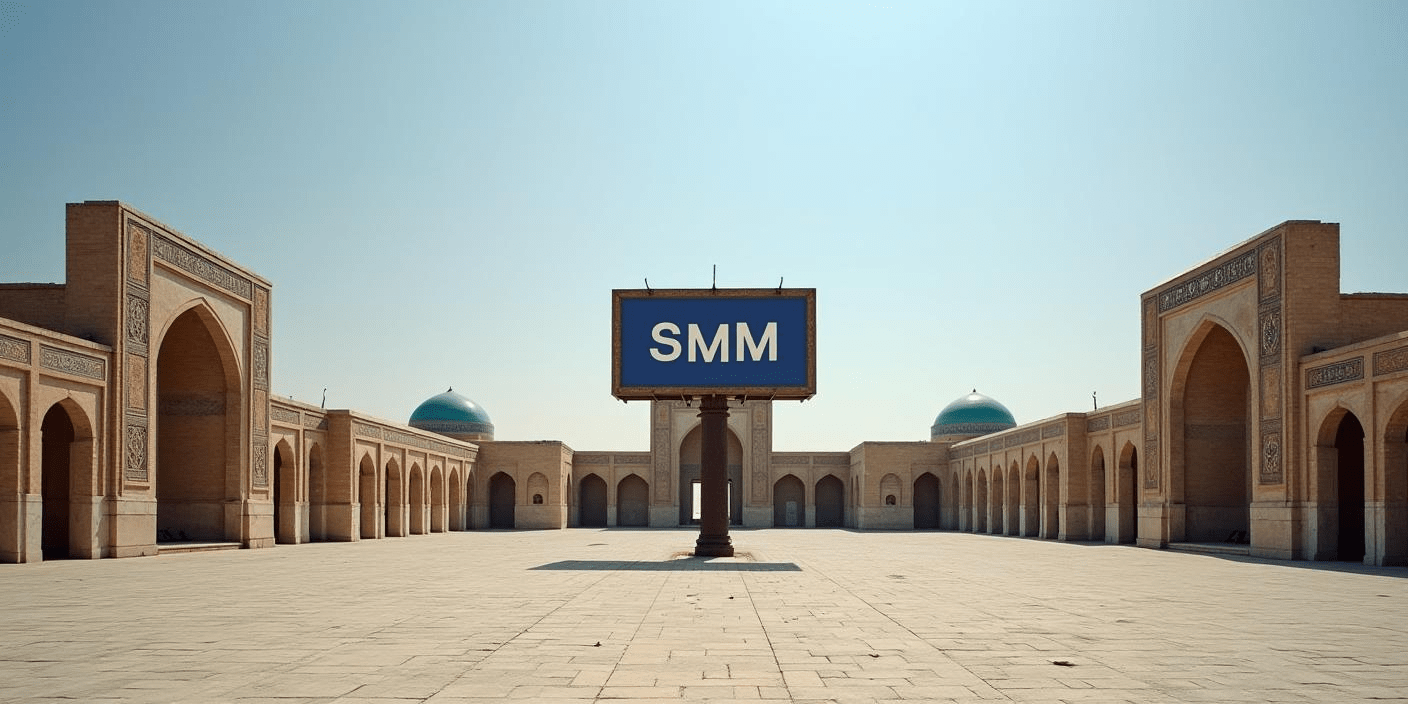In a world where we are bombarded with a mountain of information every day, attention has become one of the most valuable resources. the philosophy of silence. Everyone is shouting, trying to attract attention with bright headlines, pop-ups and a bunch of advertising offers. And against this background... silence has become a real luxury. Brands that use minimalism and silence are literally knocked out of the general noise. But how does it work? Let's figure it out!
Information overload: how did we come to live like this?
Information overload is something that millions of people experience every day. We are used to being everywhere at once, scrolling through endless feeds social networks, switch between dozens of tabs in the browser, try to read news and respond to messages at the same time. This causes fatigue and stress. The brain just can't process so much at once.
And then minimalism and the philosophy of silence enter the arena! Brands that have realized that users are getting tired of this information chaos offer... nothing extra. They use silence and simplicity as a breath of fresh air. Ironic, isn't it? Silence in a world where everyone wants to talk at the same time has become a powerful tool.
Minimalism isn't just about white walls and one word on a poster. This is about meaning. The less noise there is around us, the more we focus on the main thing. For example, remember the products Apple. Their advertising is always simple, without unnecessary details. A white background, one device and a couple of words-and you immediately understand what it's about. This attracts attention much more than bright banners and millions of colors.
Purity of thought. Fewer distracting details make it easier to get the point across.

Psychological rest. When there is less incentive around, we feel calmer and perceive the brand as more balanced.
Trust. When there are no aggressive sales, the brand looks honest and confident in its product.

Silence is gold, even in marketing!
For example, IKEA recently released a commercial that was almost completely ... silent. Just the rustle of paper and the slight rustle of furniture. No music, no voices — absolute peace. This move caused a lot of discussion, because, well ... who even thought of doing silent advertising? But it worked! People noticed because it was unusual and unobtrusive.
Muji — a Japanese brand that puts minimalism and silence in its DNA. Their products are often devoid of logos, and the design is as simple and functional as possible. This appeals to those who are tired of overconsumption and want something that doesn't shout "Look at me!".
Calm - a meditation app that uses silence in its advertising campaigns. They don't make big statements, they just tell you to slow down a little
and find your inner peace. And it works! In a world of chaos, Calm has become a symbol of peace and tranquility.
Bose - a headphone manufacturer that relies on silence in the truest sense of the word. Their noise-canceling technology itself promotes the idea of "silence" as a way to block out the surrounding noise.
How to use minimalism for brands?
If you're thinking that the philosophy of silence and minimalism is a very good fit for your brand, here are some useful tips::
- Less is more. Leave only the most important things. Simplify your design, texts, and messages.
- Use the empty space. Don't be afraid of white spots, they help you focus on the main thing.
- Talk less often, but to the point. Silence and minimalism only work when there is a strong message behind them. Every step you take should be meaningful.
- Let the silence speak for you. Sometimes the absence of words and sounds says a lot more. It's like a pause in a conversation — it can be more powerful than words.








